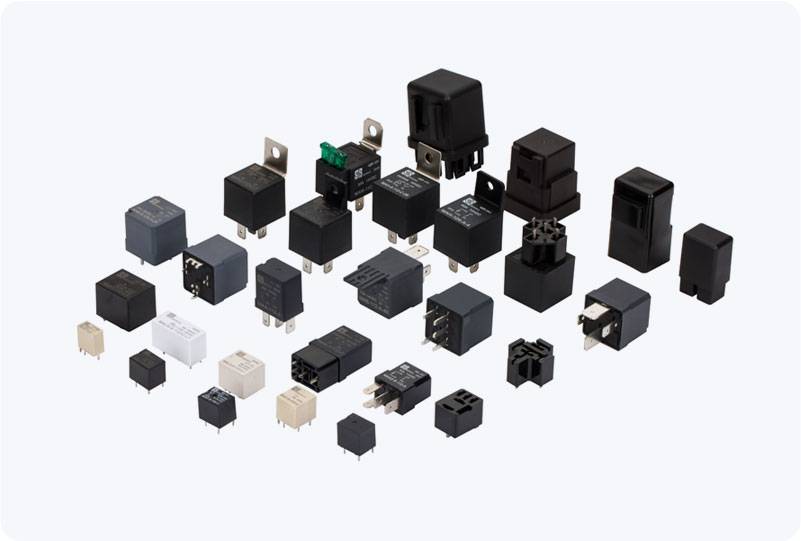the importance of power distribution relay in modern electrical systems
Release time:2025-08-28 06:33:11
In today's highly interconnected world, the reliable distribution of electricity is crucial for the functioning of industries, homes, and businesses. A critical component in ensuring the stability and safety of electrical power systems is the Power Distribution Relay (PDR). This device is designed to protect, control, and monitor electrical circuits, helping to prevent damage to both the electrical equipment and the grid. In this article, we will explore the significance of Power Distribution Relays, their functions, and why they are indispensable in modern power systems.

What is a Power Distribution Relay?
A Power Distribution Relay is an automatic device used in electrical power systems to protect electrical circuits from faults, such as overloads, short circuits, and abnormal voltages. It operates by detecting deviations in system parameters (such as current, voltage, or frequency) and taking appropriate action, typically by opening or closing a circuit breaker to prevent damage. In essence, Power Distribution Relays are the guardians of the electrical grid, ensuring the safe and efficient flow of power.
Functions of Power Distribution Relay
Overload Protection: One of the primary functions of a Power Distribution Relay is overload protection. When an electrical circuit experiences a surge in current beyond the rated capacity, the relay detects this change and trips the circuit breaker. This action prevents overheating and potential damage to wires, transformers, and other critical electrical components. Overload protection is particularly important in industrial and residential settings, where electrical equipment can be prone to heavy usage.

